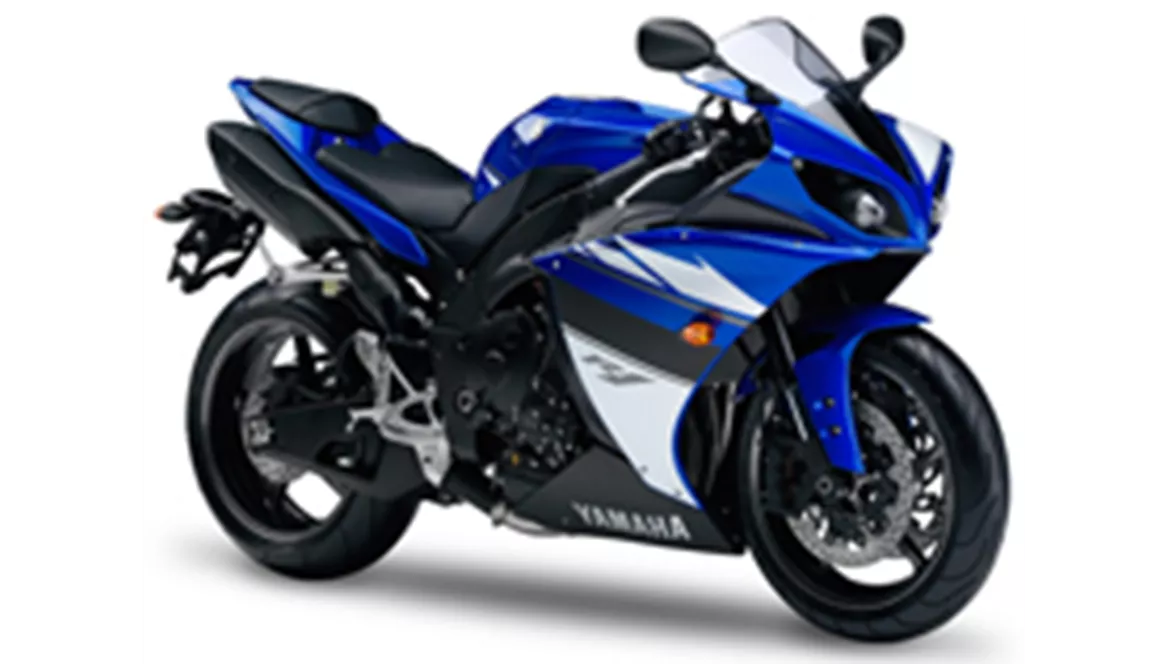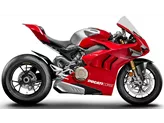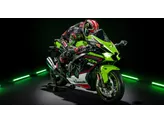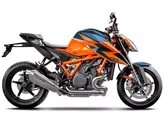Yamaha R1 2009 vs. Ducati 899 Panigale 2013

Yamaha R1 2009

Ducati 899 Panigale 2013
Overview - Yamaha R1 2009 vs Ducati 899 Panigale 2013
The Yamaha R1 model year 2009 and the Ducati 899 Panigale model year 2013 are both powerful and high-performance supersport motorcycles. However, there are some notable differences between the two.
In terms of engine specifications, the Yamaha R1 has a bore of 78 mm and a stroke of 52.2 mm, while the Ducati 899 Panigale has a larger bore of 100 mm and a stroke of 57.2 mm. This means that the Ducati has a larger engine displacement of 898cc compared to the Yamaha's 998cc. Despite the larger displacement, the Yamaha R1 produces more engine power with 182 HP compared to the Ducati's 148 HP. The Yamaha R1 also has a higher torque of 115.5 Nm compared to the Ducati's 99 Nm. Both motorcycles have a high compression ratio of 12.7 for the Yamaha and 12.5 for the Ducati.
In terms of suspension, both motorcycles have a swing arm rear suspension. However, the Yamaha R1 has a telescopic fork front suspension, while the Ducati 899 Panigale has an upside-down telescopic fork front suspension. This difference in front suspension design may result in a slightly different riding experience and handling characteristics.

Yamaha R1 2009
Both motorcycles have an aluminum frame, but the Ducati 899 Panigale features a monocoque frame, which is a more modern and lightweight design compared to the Yamaha R1's Deltabox frame.
In terms of braking, both motorcycles have double disk front brakes. However, the Ducati 899 Panigale has been noted to have indirect braking behavior, which may affect the rider's confidence in aggressive braking situations.
In terms of dimensions and weights, both motorcycles have 17-inch front and rear tire diameters. The Yamaha R1 has a slightly shorter wheelbase of 1415 mm compared to the Ducati's 1426 mm. The seat height of the Yamaha R1 is 835 mm, while the Ducati 899 Panigale has a slightly lower seat height of 830 mm. The Yamaha R1 also has a larger fuel tank capacity of 18 liters compared to the Ducati's 17 liters.

Ducati 899 Panigale 2013
In terms of strengths, the Yamaha R1 is praised for its sophisticated sound, good feeling for power delivery, easy handling, hydraulic spring preload, and high level of workmanship. On the other hand, the Ducati 899 Panigale is known for its pleasant ride, even power delivery, and playful handling.
In terms of weaknesses, the Yamaha R1 is criticized for its suboptimal seating position and somewhat difficult cornering over long distances. The Ducati 899 Panigale, on the other hand, is noted for its indirect braking behavior and lack of special punch.
Overall, both the Yamaha R1 2009 and the Ducati 899 Panigale 2013 are impressive supersport motorcycles with their own unique strengths and weaknesses. The choice between the two would ultimately depend on the rider's preferences and priorities.
Technical Specifications Yamaha R1 2009 compared to Ducati 899 Panigale 2013
Pros and Cons in comparison
Pros and Cons in comparison
Yamaha R1 2009

Of course, the new R1 engine also passed all the tough Yamaha stress tests and comes with the same guarantees as other Yamaha motorbikes. Because until now, it was precisely the issues of durability and reliability that prevented series production of such an engine.
Ducati 899 Panigale 2013

A real feel-good super sports car that combines racetrack performance and everyday suitability very well.
Price Comparison Avarage Market Price Yamaha R1 vs Ducati 899 Panigale
There are a few key differences between a Yamaha R1 2009 and a Ducati 899 Panigale 2013. It takes less time to sell a Yamaha R1 with 45 days compared to 63 days for a Ducati 899 Panigale. Since model year 2005 1000PS.de editors have written 80 reviews for the Yamaha R1 and 3 reviews for the Ducati 899 Panigale since model year 2013. The first review for the Yamaha R1 was published on 28/04/2003 and now has more than 3,900 views. This compares to more than 11,900 views for the first review on Ducati 899 Panigale published on 10/09/2013.























